Top 5 Worst Formula 1 Liveries Of All-Time
Graphic by Franckito/Deposit Photos
Graphic by Franckito/Deposit Photos
With the livery reveals for the 2025 F1 season underway, we have taken a walk down memory lane to count down the top five worst liveries to ever grace an F1 car…
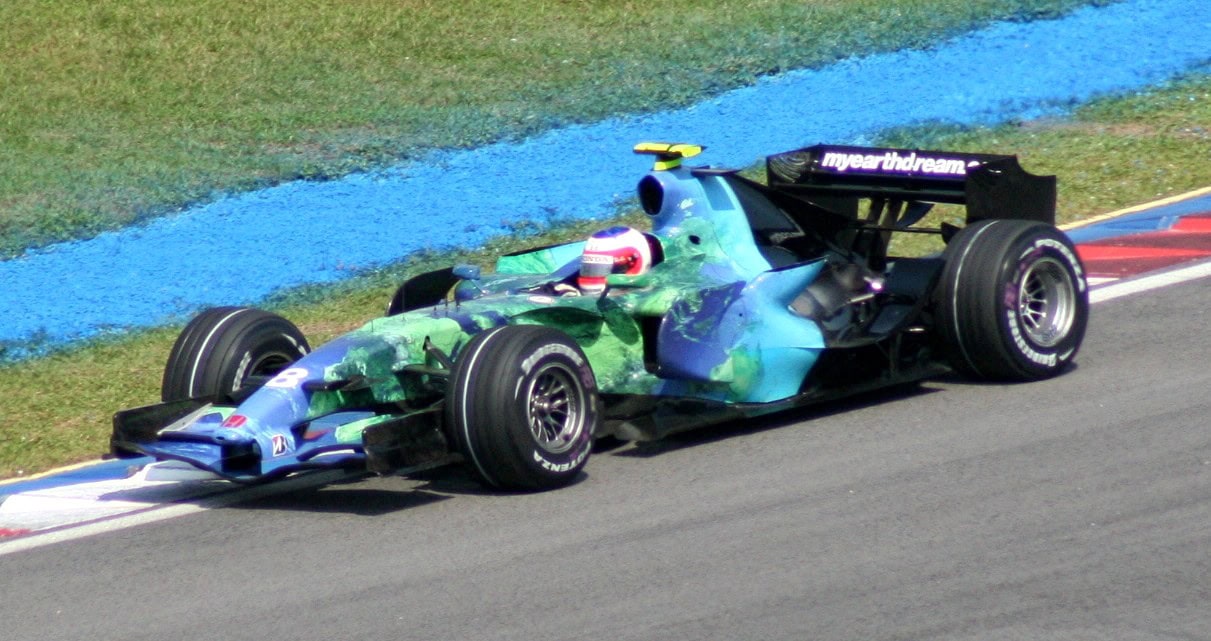
While Honda’s decision to forego traditional sponsorship branding in favor of an eco-friendly message was commendable, the execution left much to be desired. The “Earth Car” livery, as it was dubbed by some, came across as gimmicky and failed to resonate with fans who were more interested in the car’s performance than its appearance.
Speaking of performance, the RA107 struggled to make an impact on the track. Despite the best efforts of drivers Jenson Button and Rubens Barrichello, the car’s best result was a modest 5th place at the Chinese Grand Prix. The team finished a disappointing 8th in the constructors’ championship, a far cry from the success Honda had hoped for when they returned to Formula One as a constructor.
The RA107’s lackluster showing was all the more frustrating given the hype surrounding its launch. The unveiling of the car’s final livery at the Natural History Museum in London was meant to be a grand spectacle, but instead, it felt like a missed opportunity. The car’s paint scheme, while well-intentioned, failed to capture the imagination of the public and instead became the subject of ridicule and criticism.
In the end, the Honda RA107 serves as a cautionary tale for teams looking to make a statement with their livery. While it’s admirable to promote important causes like environmental awareness, it’s equally important to ensure that the message is delivered in a way that resonates with fans and doesn’t detract from the car’s on-track performance. The RA107’s failure to do either ultimately sealed its fate as one of the worst liveries in Formula One history. (image via Wikipedia)
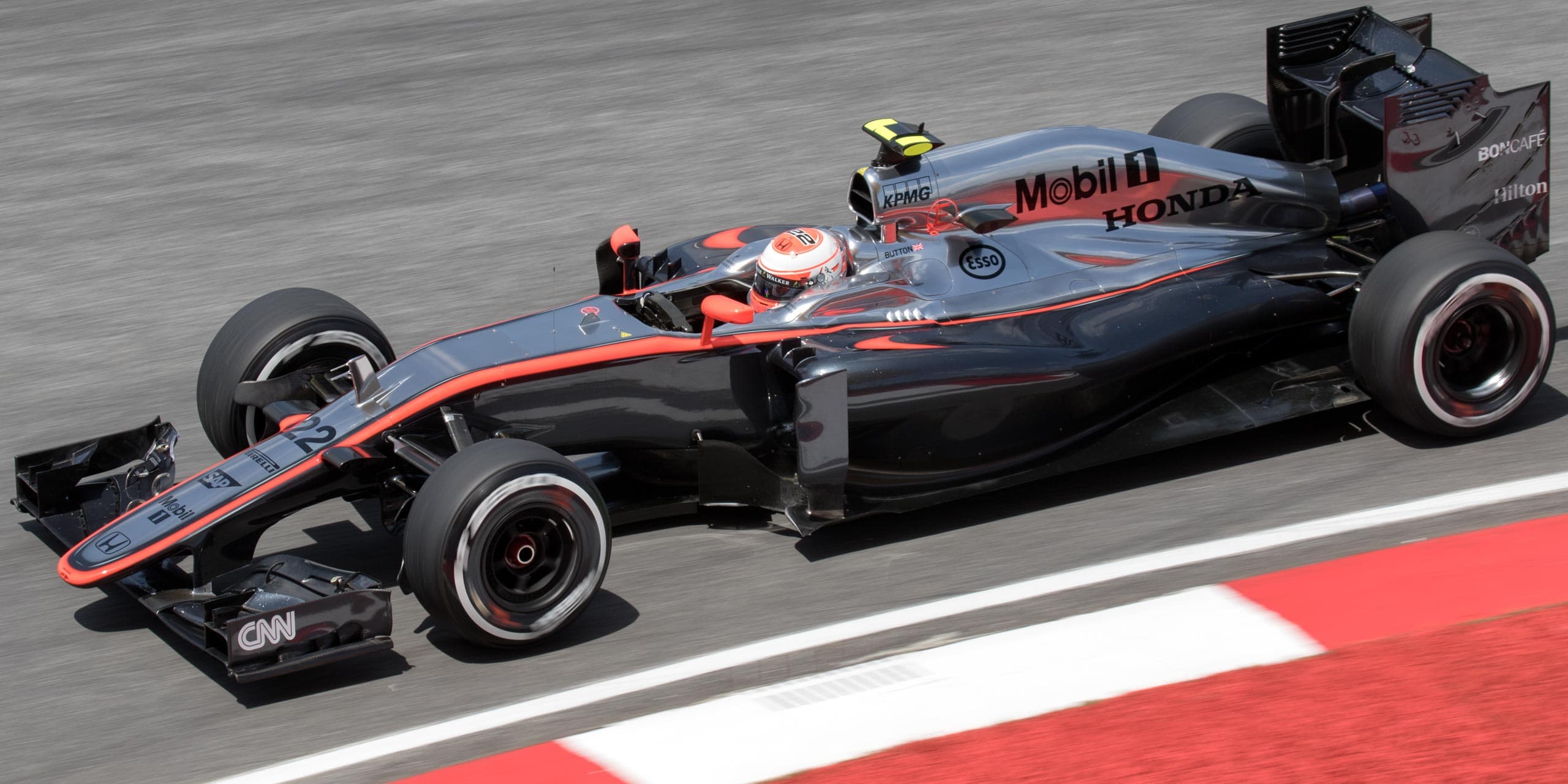
As if the lackluster livery wasn’t enough, the MP4-30’s on-track performance was nothing short of disastrous. Despite boasting a driver lineup that included former World Champions Fernando Alonso and Jenson Button, the car struggled to keep pace with its rivals, plagued by a series of technical issues and retirements that left the team languishing in ninth place in the World Constructors’ Championship.
The car’s distinctive “size zero” design, with its sharply tapered rear end, was meant to give McLaren an edge over the competition. However, the decision to design the Honda engine to operate at higher temperatures backfired spectacularly, leading to a string of reliability issues that hampered the team’s progress throughout the season.
Even a mid-season livery change, which saw the team abandon the unpopular silver accents in favor of a predominantly black and red color scheme, failed to turn the tide for McLaren. The MP4-30’s best result was a mere fifth-place finish at the Hungarian Grand Prix, a far cry from the team’s glorious past successes.
In the end, the McLaren MP4-30 served as a stark reminder that even the most experienced teams can fall victim to poor design choices and communication breakdowns. The car’s failings were a source of frustration for drivers and fans alike, making the 2015 season one that McLaren would rather forget. (image via Wikipedia)
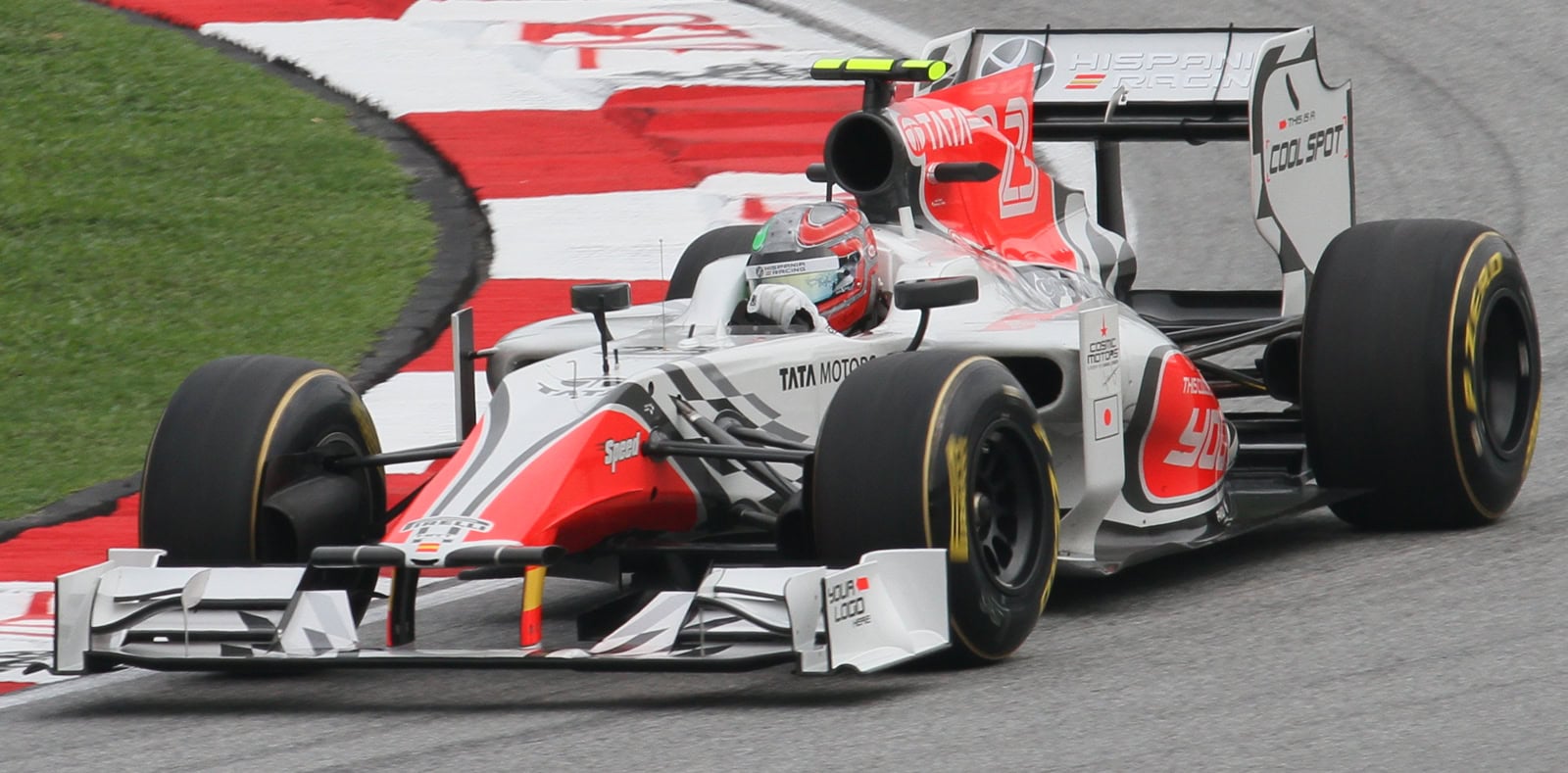
The car’s development was a comedy of errors from the start. A failed partnership with Toyota Racing left the team scrambling to incorporate elements of the abandoned TF110 project into their own design. The result was a car that was essentially a rehashed version of its underwhelming predecessor, the Hispania F110.
To make matters worse, the team’s financial woes meant that the F111 wasn’t even unveiled until the final pre-season test in Barcelona, leaving drivers Narain Karthikeyan, Vitantonio Liuzzi, and Daniel Ricciardo with virtually no time to familiarize themselves with the car before the season began.
The team’s decision to hire Hollywood concept vehicle designer Daniel Simon to create the car’s livery was a bizarre choice that only served to highlight the F111’s shortcomings. While Simon’s work on the film Tron: Legacy was undoubtedly impressive, his skills didn’t translate to the world of Formula One. The resulting livery was a garish mess that did little to distract from the car’s lack of pace and reliability.
On the track, the F111 was a consistent backmarker, rarely threatening to score points or challenge the midfield. The car’s lack of testing and development was evident in its poor handling and frequent mechanical failures, leaving its drivers frustrated and demoralized.
In the end, the Hispania F111 will go down as one of the worst Formula One cars of the modern era. Its fake sponsor stickers and laughable livery only highlighted the team’s desperation and lack of direction, making it a cautionary tale for any aspiring entrants into the world of Formula One. (image via Wikipedia)
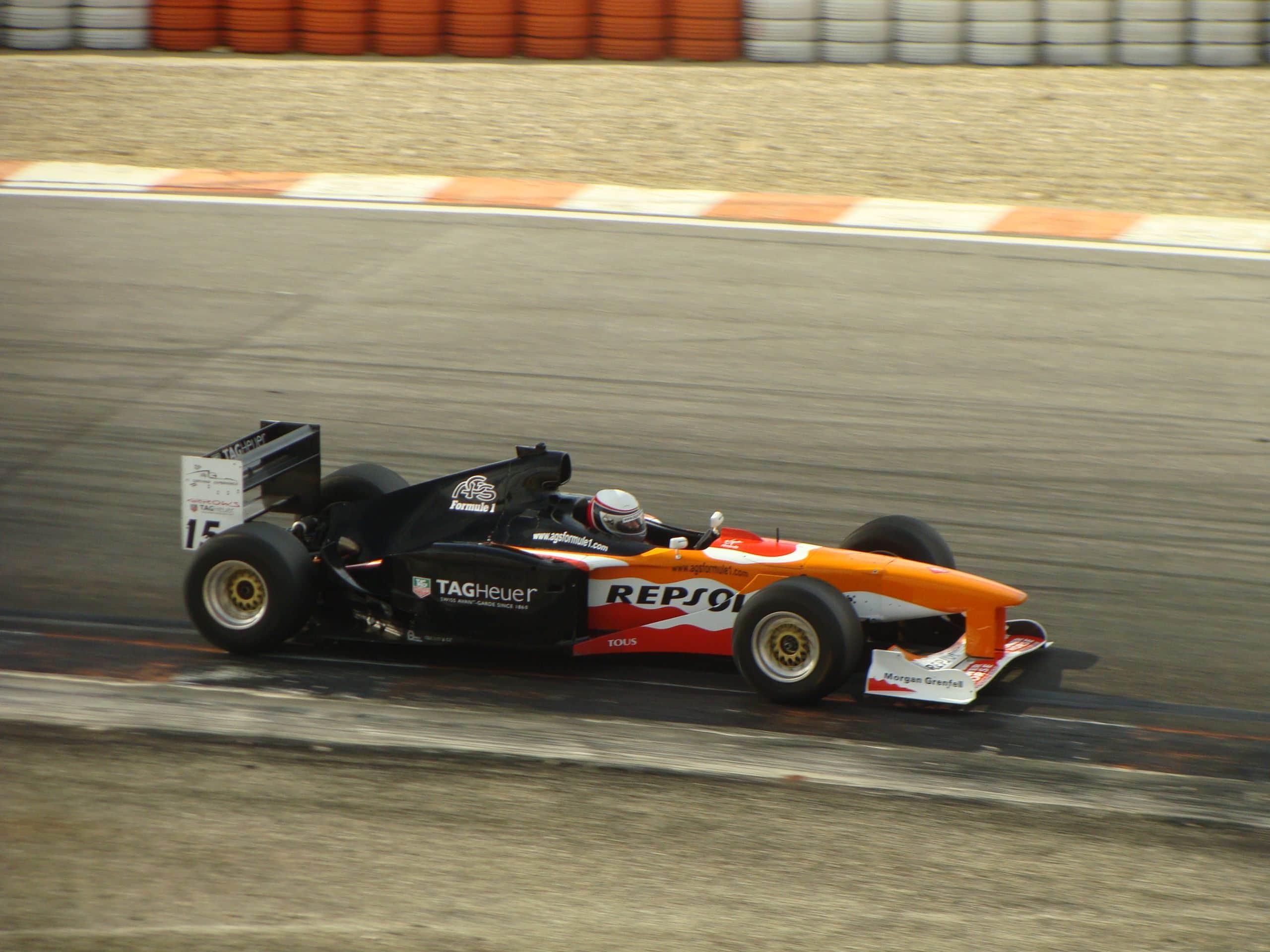
The team’s engine supplier, Brian Hart, found himself overwhelmed by the demands of modern F1, and his underpowered engines only served to further hinder the A20’s performance. The car’s lack of pace and reliability became painfully evident as the season progressed, with the team often finding itself outqualified by the lowly Minardi squad.
The A20’s only glimmer of hope came in the season opener at Melbourne, where Pedro de la Rosa, a Spanish rookie with significant backing from Repsol, managed to score a point on his debut with a sixth-place finish. His teammate, Japan’s Toranosuke Takagi, who had moved from the now-defunct Tyrrell team, finished just behind him in seventh. However, this would prove to be the team’s only point of the season, and it was only the poor finishing record of newcomers BAR that saved Arrows from the ignominy of finishing last in the Constructors’ standings.
Despite de la Rosa’s promising performances and positive comments about the car’s handling, the A20’s shortcomings were too much to overcome. Takagi, hampered by communication issues due to his lack of English skills, struggled throughout the season and was eventually replaced by Jos Verstappen for the following year.
In the end, the Arrows A20, with its disjointed livery and lackluster performance, serves as a reminder of the challenges faced by smaller teams in the cutthroat world of Formula One. The car’s failure to compete at the highest level ultimately sealed its fate as one of the worst liveries and overall packages in the sport’s history. (image via Wikipedia)
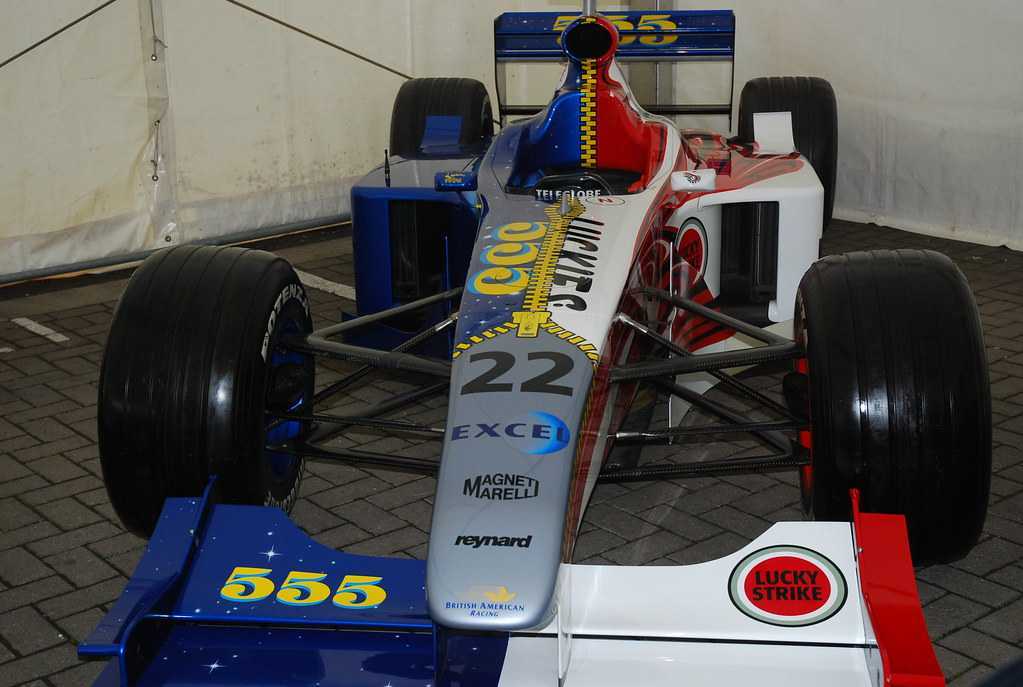
The resulting “quick-fix” design was a visual catastrophe, with a garish “zip” running down the center of the car, splitting the Lucky Strike and 555 branding into left and right halves. The rear wing was equally compromised, with 555 on the forward-facing side and Lucky Strike on the backward-facing side. The silver background for minor sponsors and adverts only added to the chaotic and disjointed appearance of the livery.
To make matters worse, the team’s mechanics were forced to wear suits that were half Lucky Strike and half 555, while the drivers had different suits and helmets depending on their assigned branding. The livery modifications for races where tobacco advertising was prohibited – with 555 replaced by triple crescent moons and Lucky Strike blocked out or replaced with “Run Free” – only served to further highlight the absurdity of the design.
On the track, the BAR 01’s performance was just as disappointing as its livery. Despite the pedigree of drivers Jacques Villeneuve and Ricardo Zonta, and the technical expertise of Reynard Motorsports, the car was plagued by reliability issues. Villeneuve alone failed to finish the first eleven races of the season, and the team ended up last in the Constructors’ Championship with no points, behind even the smallest teams like Minardi, Arrows, and Sauber.
The BAR 01’s disastrous debut season and its infamous “zip” livery serve as a cautionary tale for any team entering Formula One. The importance of adhering to regulations, creating a cohesive and visually appealing design, and prioritizing reliability over flashy promises cannot be overstated. While the team would eventually abandon the dual livery approach and find some success in later years, the memory of the BAR 01 and its ill-fated “zip” will forever be etched in the annals of Formula One history as one of the worst liveries and overall packages ever to grace the grid. (image via Wikipedia)
You may also like our countdown of the Top 5 Best Formula 1 Liveries Of All-Time.
From F1 news to tech, history to opinions, F1 Chronicle has a free Substack. To deliver the stories you want straight to your inbox, click here.
For more F1 news and videos, follow us on Microsoft Start.
New to Formula 1? Check out our Glossary of F1 Terms, and our Beginners Guide to Formula 1 to fast-track your F1 knowledge.
Comments
Subscribe
0 Comments
More in News
Alex Dunne Nears Alpine F1 Reserve Role as 2026 Deal Reaches Final Stages
Alex Dunne is in advanced negotiations with Alpine for a ...
Bearman Nears Potential Race Ban After Penalty in Abu Dhabi Finale
Oliver Bearman will head into the 2026 Formula 1 season ...
Lando Norris to Run Number 1 After Claiming F1 World Championship
Lando Norris has confirmed that he will run the number ...
Abu Dhabi GP: Drivers Comments
Lando Norris has won his first F1 world title despite ...
Fernando Alonso’s Record At The Abu Dhabi Grand Prix
Fernando Alonso is a titan of the sport currently contesting ...